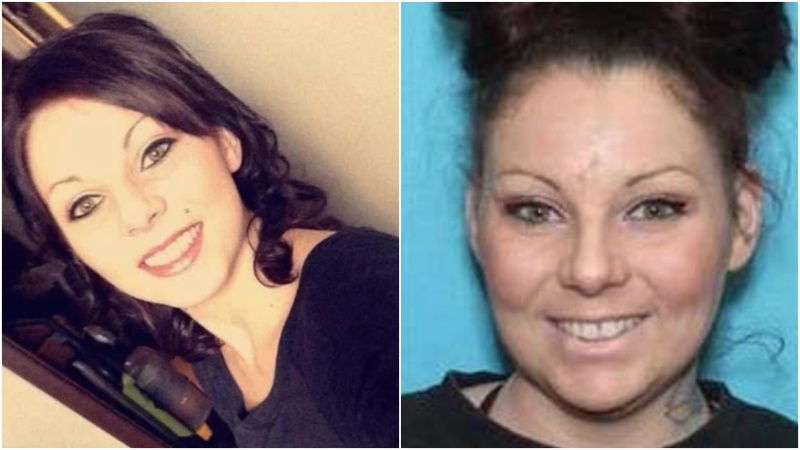There’s an easy intimacy and warmth that immediately emanates from Andrew Ahn’s “The Wedding Banquet,” an affable remake of the 1993 Ang Lee film. He crafts a cinematic world that you want to slip into and spend some time; tactile, cozy, populated with witty, real characters, much like his films “Driveways” (2020) and “Fire Island” (2022). That’s what makes “The Wedding Banquet” a distinctly Andrew Ahn film, despite working with a 30-year-old text that has already been embraced and celebrated.
Ahn collaborated with the original film’s co-writer, James Schamus, to write the screenplay, which follows a marriage of convenience between a queer Taiwanese immigrant in New York City, trying to appease his parents, and a Chinese artist who needs a green card in order to stay in the city and continue her work. Ahn and Schamus transplant the action to Seattle, and reshuffle some of the characters and their motivations; the familiar beats are there, just played in a different arrangement.
Lily Gladstone, left, and Kelly Marie Tran in “The Wedding Banquet.” (Luka Cyprian/Bleecker Street/ShivHans Pictures/TNS)
Min (Han Gi-Chan, in his first American film), a textile artist and heir to a Korean fashion brand empire, lives with his boyfriend Chris (Bowen Yang), an erstwhile Ph.D. candidate and bird guide. They occupy the garage backhouse of a rambling family home owned by social worker Lee (Lily Gladstone) and her scientist partner Angela (Kelly Marie Tran). This quartet of tight-knit queer found family is orbited by their biological relatives: Angela’s gold-star PFLAG parent May Chen (Joan Chen), Chris’ younger cousin Kendall (Bobo Le), and now, Min’s grandmother Ja-Young (Youn Yuh-jung), who has laid the hammer down on her grandson now that his student visa is expiring. It’s time to return to Korea and take on a role at the family company.
Desperate to stay, Min hastily proposes to Chris, who panics in commitment-phobia. Nursing his rejection over wine with Lee, they cook up a plan that will kill two birds with one stone. Min will marry Angela, stay in the U.S. and in return, pay for Angela and Lee’s IVF treatments with the generous allowance he still receives. A courthouse wedding is booked until Ja-Young arrives unannounced from Korea; the foursome suddenly has to play straight in order to keep up appearances with Min’s shrewd and discerning halmeoni.
Part of the pleasure of Ahn’s “The Wedding Banquet” are the twists and turns that his film takes away from the original, to make it feel more modern, and honest to this time and the situation — it would not be true to Ahn’s ethos to have this group of queer characters maintain a hetero ruse for that long. And while some of the plot turns are obviously telegraphed, it’s a pleasure to watch them play out, and the humor feels authentic, unforced and genuinely funny, in a similar way to the original, though the setting and tone have evolved.
The film is funny and sweet in the culture clash and cover-up, but not without complex themes about the Asian American experience. Chris and Angela are both burned out on the perfectionism trap they feel as the queer children of immigrants. Those expectations are so stifling that Chris has a fear of success, because he doesn’t want to fail, rendering him paralyzed with indecision, afraid he isn’t enough for Min, who radiates goodness (and the powerful effects of Korean skin care). Angela has become so resentful of her mother’s performance of supportive parent and ally that their relationship has disintegrated, and she fears becoming a parent herself, despite her desire for a family with Lee.
Part of the joy of “The Wedding Banquet” is the celebration of chosen family, but also the way in which it makes room for healing among biological family as well. Ja-Young’s immersion into Min’s world is eye-opening for her, and her quiet support and acceptance of her grandson is beautifully expressed by the luminous Yuh-jung. Similarly, the evolution of Angela and May Chen’s relationship is heartening to witness, and Ahn gives space for the older actors to shine among the charming ensemble. Gi-chan delivers a breakout performance, demonstrating his appealing comedy chops, and Gladstone proves once again that she is unmatched in her ability to wordlessly convey complicated emotional turns.
The world that Ahn creates does feel lightly fantastical and a bit unreal, a queer utopia where straight men don’t seem to exist, and money and class issues are present, but inconsequential. But as occupants of this world, the entire cast feels authentic and true, warm companions inviting the viewer to join them in this dreamy environment. It’s a slice of deeply human escapism in the mold of Ahn’s “Fire Island,” and it’s a lovely sojourn for a moment — and this moment — in time.
‘The Wedding Banquet’
3 stars (out of 4)
MPA rating: R (for language and some sexual material/nudity)
Running time: 1:42
How to watch: In theaters April 18
A car crash compelled a Fox 9 reporter to pursue a career as a ‘voice artist’
Eagan native Eva Erickson thanks her ‘hockey legs’ for ‘Survivor’ wins
Review: Bowen Yang leads heartfelt dramedy about found families in ‘The Wedding Banquet’
‘Titanic’ digital evidence in documentary corroborates passenger accounts
Review: Landon’s direction, Fahy’s performance elevate thriller ‘Drop’




